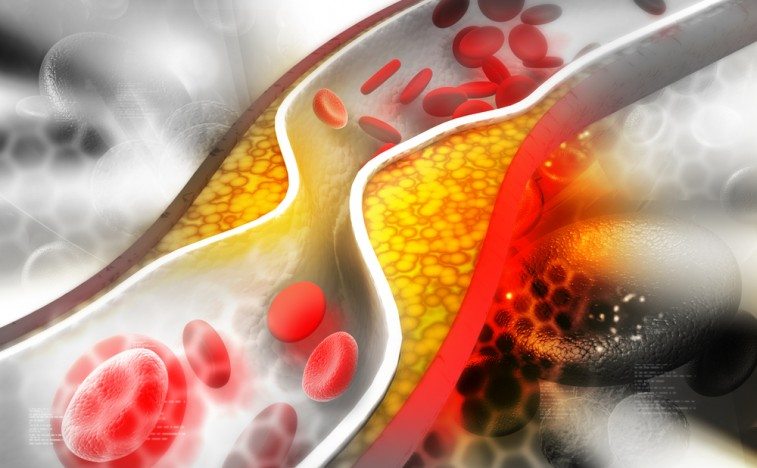
Catabasis Pharmaceuticals Inc (NASDAQ:CATB) is the latest biotechnology company to fall foul of some disappointing data in the space. The company just put out phase 1/2 data from an ongoing study (this was part B, we will look into this in more detail shortly) and – as per the announcement – the drug failed to meet its primary endpoint. It is a Duchenne muscular dystrophy (DMD) study, which is a condition that – as things stand – only has one approved treatment on the market, and even that has questionable efficacy, so markets are eagerly awaiting a fresh entrance into the space. As such, this company has drawn a lot of attention over the last few months, and especially so having put out what looked like positive data just a couple of weeks ago relating to the same asset in a different patient population.
The data hit press after market close, so as yet, the full impact of the news is yet to reveal itself. As things stand, however, Catabasis is down more than 65% premarket on Wednesday, and we suspect that this is just the start of an even steeper decline.
So what’s next,?
Can the company stage any sort of recovery, or is it basically now a rush to the door for shareholders? We know the company’s business manager has bailed already, so should investors follow his lead? Let’s take a look.
As mentioned, the drug is a DMD target, and it’s called edasalonexent. There are three parts to the phase 1/2 trial in question, parts A, B and C. A was relatively insignificant, and so this latest data, the part B data, was what markets were looking for as indicative of long-term potential. The study is investigating the efficacy of the drug in boys (for those not familiar with DMD, it is a condition that mainly affects young males), with an enrollment target of 31 patients.
The objective of the part of the study in question was was to evaluate the effects of edasalonexent using magnetic resonance imaging (MRI) T2 as a biomarker at 12 weeks. Specifically, the company aimed to measure this effect against a primary endpoint of average change from baseline to week 12 in the MRI T2 composite measure of lower leg muscles for the pooled edasalonexent treatment groups of 67 mg/kg/day and 100 mg/kg/day, with a comparison to placebo serving as a baseline control. This primary, as mentioned, was not met.
There were also a number of secondary endpoints against which the company was comparing the drug to placebo. In some of these endpoints, from a numerical perspective, at least, edasalonexent seemed to perform superior to the control arm. When analyzed statistically, however, the numerical superiority proved statistically insignificant (with a p-value of less than 0.05) and – as such – this technically counts as a miss on the secondary endpoints as well.
So, we’ve got a missed primary and a group of missed secondaries – what can we hope for going forward? Well, this was the second of three parts, and the final part will look at the patients as part of an extension study. With some degree of clinical benefit (albeit not statistically significant) presenting itself in this just reported second part, there is a small chance that – when extended – this clinical benefit will become statistically significant. It’s a long shot, but it is really all that shareholders have to hold onto right now, at least with relation to DMD. The data from this extension is expected at some point during 2017 (that’s the most accurate indication we have from the company) but there should be some interim data, or at least an update with regards to the ongoing study, available during the second quarter of this year.
Using the last reported numbers as a base (September 30, 2016) cash on hand isn’t too bad right now. The company reported a little over $26 million in cash and cash equivalents, and so even if the extension doesn’t prove fruitful, and when weighed against around $6 million worth of debt and a current market capitalization of around $20 million (with the after-hours decline taken into consideration), all is not lost. There is a Parkinson’s disease asset waiting in the wings, and focus may shift to this longer-term. We will update when we know more.




